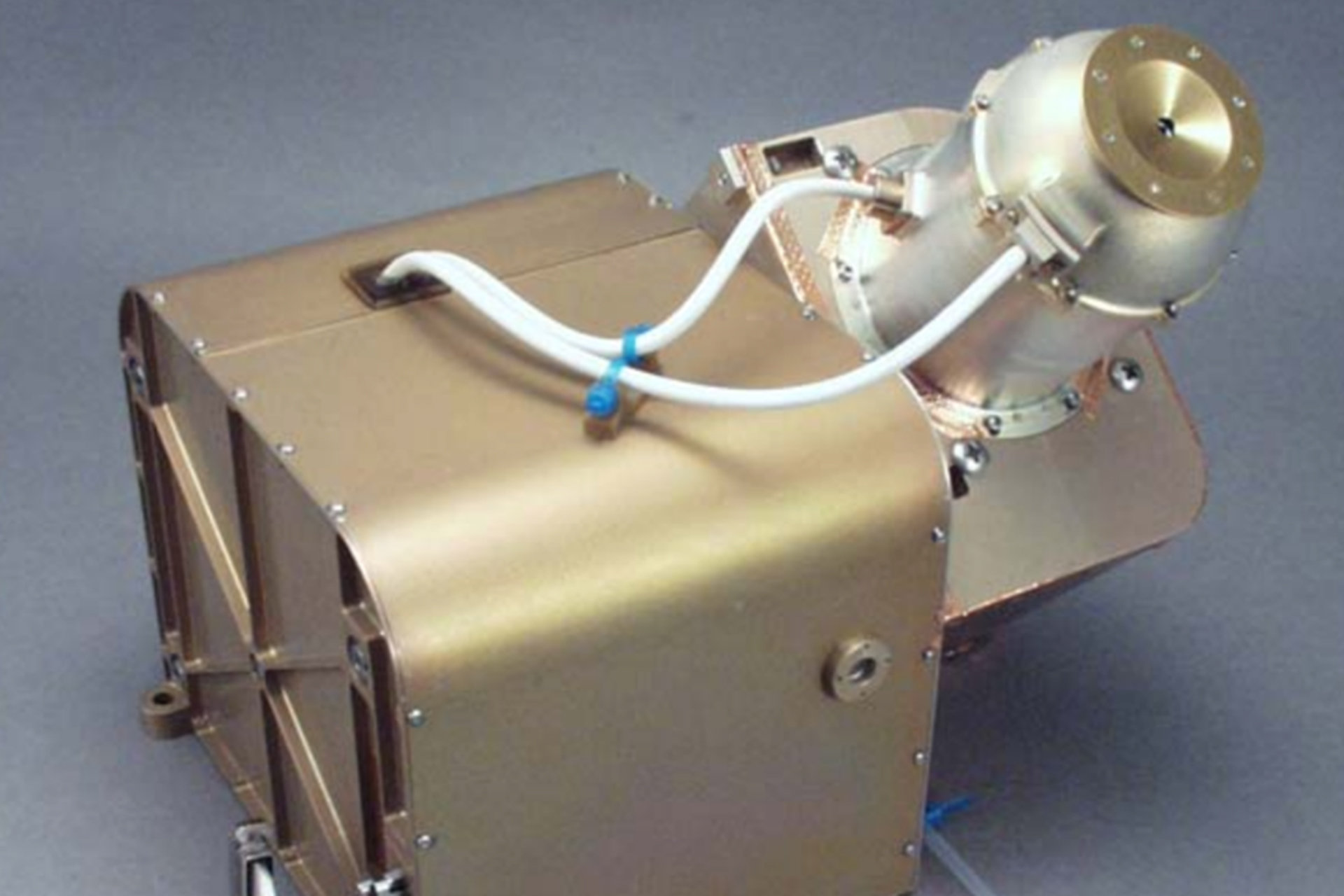
Research on Designing a Next-Gen Heavy Ion Composition Spectrometer Earns Student a NASA Fellowship
Tyler Eddy has been selected to receive the Future Investigators in NASA Earth and Space Science and Technology fellowship.

Tyler Eddy has been selected to receive the Future Investigators in NASA Earth and Space Science and Technology fellowship.
Tyler Eddy, a graduate student at U-M Climate and Space, has been selected by The Science Mission Directorate to receive the highly competitive Future Investigators in NASA Earth and Space Science and Technology fellowship. As part of the FINESST fellowship, NASA has awarded $150,000 to fund Tyler’s research proposal, “Designing a Next Generation, Low-resource, Heavy Ion Composition Spectrometer.”
Out of the 927 proposals received, NASA’s Heliophysics Division reviewed 60 proposals, and the Science Mission Directorate selected only 14 proposals for the award. Tyler’s faculty advisor is Professor Sue Lepri.
“Designing a Next Generation, Low-resource, Heavy Ion Composition Spectrometer”
“The TFIPS (Triple Fast Imaging Plasma Spectrometer) concept is a spaceborne ion mass spectrometer used for advanced study of the charged particles emitted by the sun into the solar wind. Solar wind conditions in the heliosphere can change rapidly and demand fast detection systems to characterize small-scale structures and processes. These solar wind disturbances present considerable danger to Earth’s infrastructure and astronauts in space. The importance of this work is to establish connections between the energies and types of particles seen in space to the source regions at the sun from which they are accelerated. The TFIPS design provides the scientifically-driven performance characteristics that must be met by next-generation space-borne particle instruments through its high-cadence, high-fidelity measurements. Moreover, TFIPS requires two to six times less power than instruments currently in operation that make similar detections. We seek to develop the TFIPS concept that adds energy-resolving solid state detectors to a design based on the FIPS heritage model that was successfully employed on the MESSENGER mission sent to Mercury.”